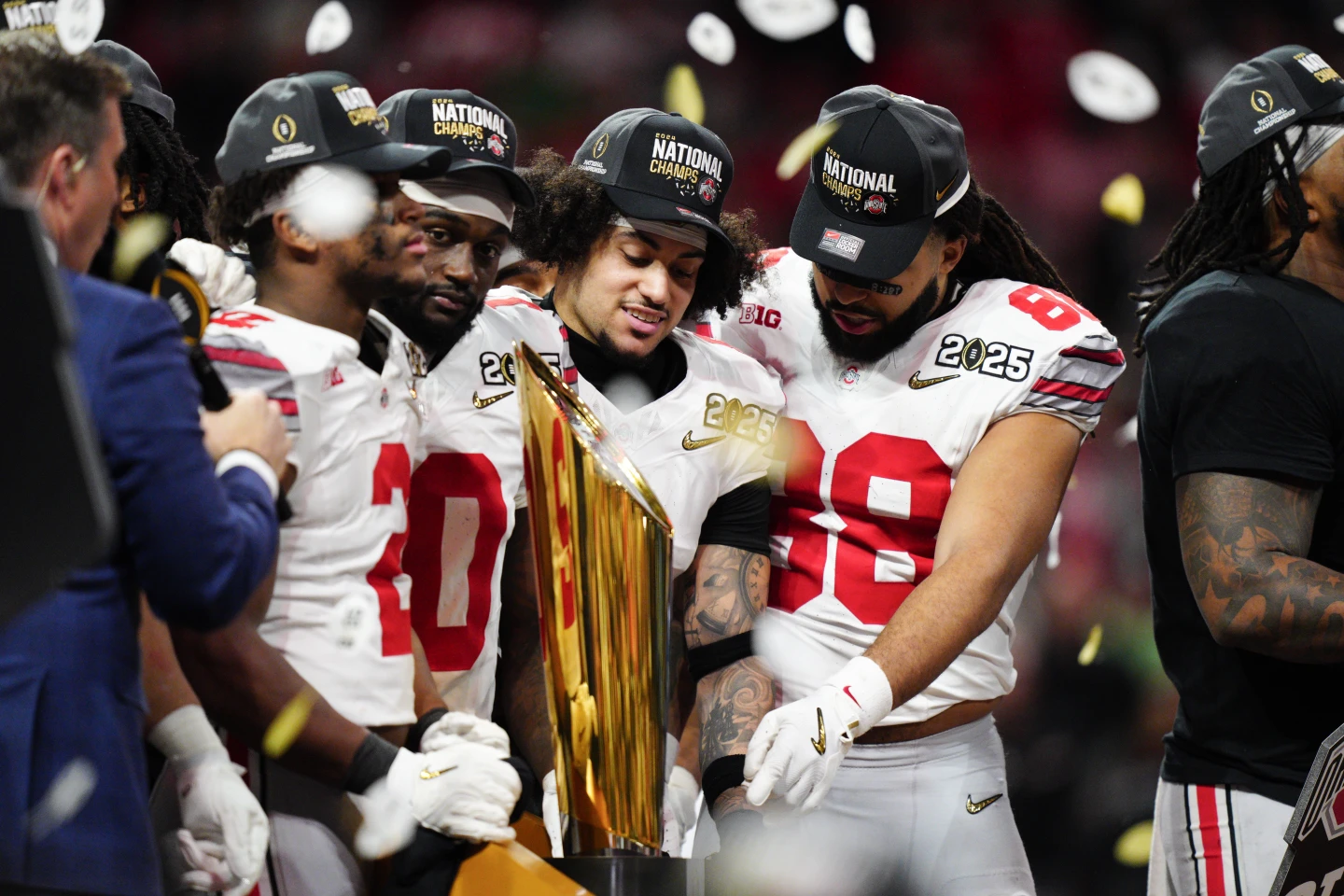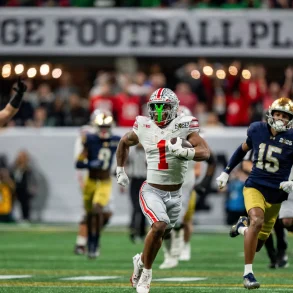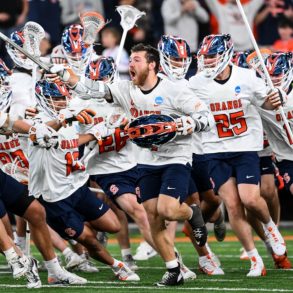Ohio State is the early favorite to win next year’s national championship, but no one really knows what to expect when the season begins in seven months. The game is rapidly changing, and new rules are set to be introduced that will affect how teams prepare and build their rosters.
One of the biggest changes involves a legal settlement that will allow schools to pay players directly while also reducing roster sizes but increasing the number of available scholarships. This will be in place for next season, but schools first need to figure out how it will work, especially in relation to Title IX rules.
There are also questions surrounding the transfer portal, which many believe is out of control, and whether the 12-team playoff system that debuted this season will stay the same or undergo changes.
“There are so many unknowns,” said Gloria Nevarez, commissioner of the Mountain West Conference. “We’re trying to track it all to the best we can and offer solutions. But we’ve got to see what the ‘it’ is so that we can determine how it affects us.”
For Ohio State, their most fortunate turn of events this season was not related to roster planning but to the expansion of the college playoff from four to 12 teams. A crushing loss to Michigan in November had knocked them out of the Big Ten title race, and in previous years, it would have been the end of their season.
But this time, they got another shot, finishing as the sixth-ranked team and receiving an eighth seed thanks to the playoff system.
It’s possible that the College Football Playoff seeding system could change. “I think there will be a good, honest conversation, are there any changes that we ought to make from this year to next year to make something that’s worked really well work even better,” said Pete Bevacqua, Notre Dame’s athletic director.
Another area where changes are expected is how schools will pay players. The recent settlement allows schools to share up to $20.5 million in revenue with players, though it’s unclear how the funds will be divided, particularly between men’s and women’s sports.

A government memo raised concerns that paying a larger share to men’s sports could violate Title IX, which ensures gender equality. This issue will likely be addressed by the new administration, with the settlement set to take effect in April.
“It’s been five years of every day being different than the day before it, and adapting and adjusting and being malleable,” said Grant House, an Arizona State swimmer who is a lead plaintiff in the lawsuit causing these changes. “No one has all the answers right now, but we’re looking for solutions.”
As college football faces these many challenges, the idea of appointing a commissioner to oversee the sport has been suggested. This individual would handle issues like scheduling, player pay, the transfer portal, and enforcing new rules. ESPN’s Chris Fowler believes a commissioner could improve the game for fans. “You need some centralized scheduling, you need a more level playing field. You need better enforcement,” he said.
Despite these issues, many of college football’s top programs are expected to remain strong next season. LSU is considered to have had the best transfer portal haul, while Texas will begin the season with quarterback Arch Manning, the grandson of Archie Manning.
At Georgia, Gunner Stockton is expected to replace Carson Beck, who committed to Miami. The Miami Hurricanes also added a defensive back from Wisconsin, Xavier Lucas, who never officially entered the portal, leading to concerns about tampering.
For Ohio State, coach Ryan Day is looking forward to next season after securing a national title, but the pressure will remain high. He faces the challenge of replacing QB Will Howard, who transferred to the NFL. Julian Sayin, a five-star recruit who transferred from Alabama to Ohio State, is expected to step in. The Buckeyes will face Texas in their season opener on August 30.
“Try losing the first game and see how that goes at Ohio State,” Day said. “We’ll see about that.”







